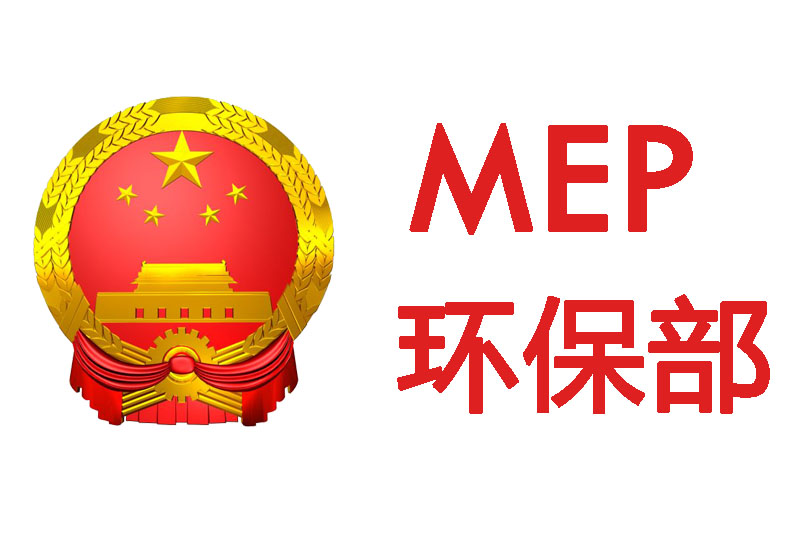On October 31, China's Zhongguancun Inspection, Testing and Certification Industry Technology Alliance released a group standard T/ZTCA 011.1—2022 Automotive industry control of key chemical substances — Part 1: Application guidelines. The standard was developed and co-drafted by several industrial leaders, such as BMW Brilliance Automotive Ltd and BYD Auto, and prestigious universities and research institutes, which has drawn widespread attention. It will be adopted by relevant automotive enterprises involved in the drafting work and available for voluntary adoption by others. The standard takes effect on the same day it was released.
Background
In recent years, as more and more Chinese automotive enterprises march into the EU market for market share, they are increasingly constrained by technical trade barriers set up by REACH regulation - Registration, Evaluation, Authorization and Restriction of Chemicals. According to news published in 2020, a pilot project conducted by European Chemicals Agency (ECHA) examining imports of products into the EU has found that 23% of them were non-compliant with REACH and the Classification, Labeling and Packaging (CLP) regulations. Those found to be non-compliant (74%) mostly came from China, as well as from other Asia countries. With no industrial consensus on a consistent and reliable testing method for regulated chemicals, auto enterprises are faced with rising costs of legal compliance.
The formulation of T/ZTCA 011.1-2022 is set to provide general technical standards for the testing of REACH-controlled chemicals in automotive industry. It specifies the application scope of controlled chemicals in metallic and non-metallic materials of auto parts, including 222 substances of very high concern (SVHC) and 77 entries of restricted chemicals. Companies may adopt this standard as a testing reference and ensure safe use of these controlled chemicals to protect human health and environment.
SVHCs
The use of SVHCs exceeding certain concentration limits and quantities is subject to notification under REACH. ECHA published a list of SVHC in 2008 and has updated many times to include new substances. The most recent update occurred in June 2022 to add N-(hydroxymethyl)acrylamide and bring the total to 224 SVHCs. This standard has adopted 222 of them, leaving out two substances that are rarely used in materials for auto parts. Here is an example table of SVHCs used in non-metallic materials of auto parts:
| No. | Chemical name | CAS number | EC number | Application scope |
| 1 | Potassium chromate | 7789-00-6 | 232-140-5 | Metal surface treatment and for coatings, production chemicals, dyes for textiles, ceramics, leather tanning and accessories |
| 2 | Potassium dichromate | 7778-50-9 | 231-906-6 | Chromium metal manufacturing, cleaning and degreasing of metal parts, cleaning agent for glassware, tanning of leather, textiles, slow release agent for cooling systems |
| ... | ... | ... | ... | ... |
Restricted substances
The standard adopts Annex XVII to REACH, which includes a list of 76 entries of restricted chemicals. Notably, dechlorane plus (DP) is introduced as restricted chemicals used in non-metallic materials of auto parts. DP is listed as a SVHC under REACH and was discussed at the Stockholm Convention for listing in Annex A for elimination of production and use. Due to its wide application in various industries, including automotive industry, China has included it in the standard as a restricted chemical to further phase out its production and use. Here is an example table of restricted chemicals used in non-metallic materials of auto parts:
| No. | Chemical name | CAS number | EC number | Application scope |
| 1 | Polychlorinated terphenyls (PCTs) | 61788-33-8 | 201-517-6 | Used as a coolant, plasticizer, lubricant for transformers or as a flame retardant |
| 2 | Chloroethene | 75-01-4 | 200-831-0 | Used as a comonomer of various polymers; an important raw material for the plastics industry, mainly used in the production of polyvinyl chloride resin; copolymerize with vinyl acetate, vinylidene chloride, butadiene, acrylonitrile, acrylates and other monomers to form copolymers, and can also be used as refrigerants, etc. |
| ... | ... | ... | ... | ... |
Prior to T/ZTCA 011.1—2022, China implemented a national standard GB/T 30512-2014 Requirements for Prohibited Substances on Automobiles in 2014, which only designated six groups of chemicals restricted from production and use in automotive industry. In an effort to align with recent global regulatory changes, the national standard is under revision to include more controlled chemicals. It will be shifted from a recommended standard to a mandatory one. (CL news)














